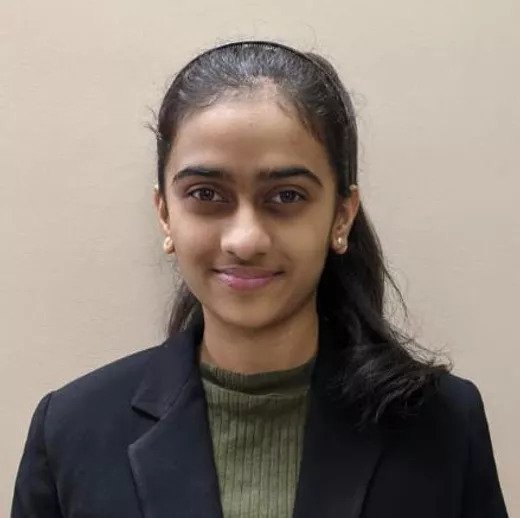(August 12, 2022) India is home to 0.58 million persons living with Parkinson’s disease, and Pune-based inventor Jui Keskar’s abode was no different. Having seen her uncle battle the illness for the past nine years with incessant rounds to the hospitals, she was keen to help him. But how was the question that kept gnawing at her? However, the lockdown in 2020 turned out to be a blessing in disguise for the teenager as it gave her the time to dive into research and find a potential solution to helping her uncle. While scrolling through heaps of data on the internet, the innovator realised that the medication depended on the tremor history, and there was no device to measure them.
That was a turning point for this Global Indian as she decided to develop a wearable device to measure tremors and analyse data to chalk out a customised medication for the treatment.
“The disease causes involuntary tremors, and my 42-year-old uncle could not control them. I’ve seen him in this state for almost nine years. I observed that doctors administered or prescribed medication based on the frequency of the occurrence of these tremors, but there was no device to measure them,” the Pradhan Mantri Rashtriya Bal Puraskar 2022 recipient told Better India.

Jui Keskar
After months of hard work, the innovator nailed the solution in JTremor-3D, a wearable device that enables the tracking of tremors every 1/10th of a second in a person’s body, and stores the data in a Cloud database, which is then sent to the doctor after the information is processed. Embedded with sensors and accelerometers and gyro meters, this device helps in producing the data that can help determine the course of action for a patient.
Brainstorming for the possible solution, she found her inspiration in a quote she read a while ago – ‘One cannot control what one cannot measure’. It stayed with her for a while and helped her realise that the only way to control the tremors would be to measure them.
But to reach a plausible solution, she had to go through permutation and combination. “Research showed that such devices already exist, but they’re bulky and limited to only clinical trials and research purposes. There were no wearable devices that were of everyday use or that could allow doctors to prescribe medication according to the needs of the patients,” she added. This led her to work on JTremor3D – which was initially designed as a small box that needed to be strapped to the body. However, a few prototypes later she zeroed in on a hand glove, which is priced at ₹9000.
The innovation won her many accolades including Dr. APJ Abdul Kalam Ignited mind Children Creativity and Innovation Award 2020, Grand Award at IRIS National Fair 2021, and Science Seed award at ISEF from Society of Science, USA 2021. However, the more was published about her innovation, the more she realised the huge information gap exists among patients and families in towns and villages in India. That’s when she started Why Beat-The-Tremor Foundation with the aim “to bridge this gap with the mission to support the patients of Parkinson’s Disease in India, virtually for now,” reads the website.” There is a need to capture and curate relevant information (suitable diet, exercises, treatment options) and make it available to the patients and their family members in the language of their choice,” adds the innovator.
Having already filed for the patent, she intends to make it available in the market as soon as possible. She is inspired to help patients get better treatment, and she is leaving no stone unturned to make it happen.
- Follow Jui Keskar on Linkedin




that’s sooo good